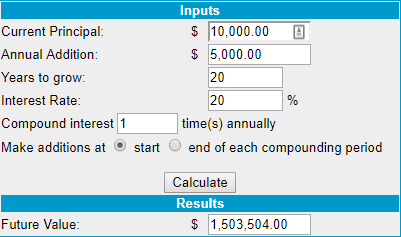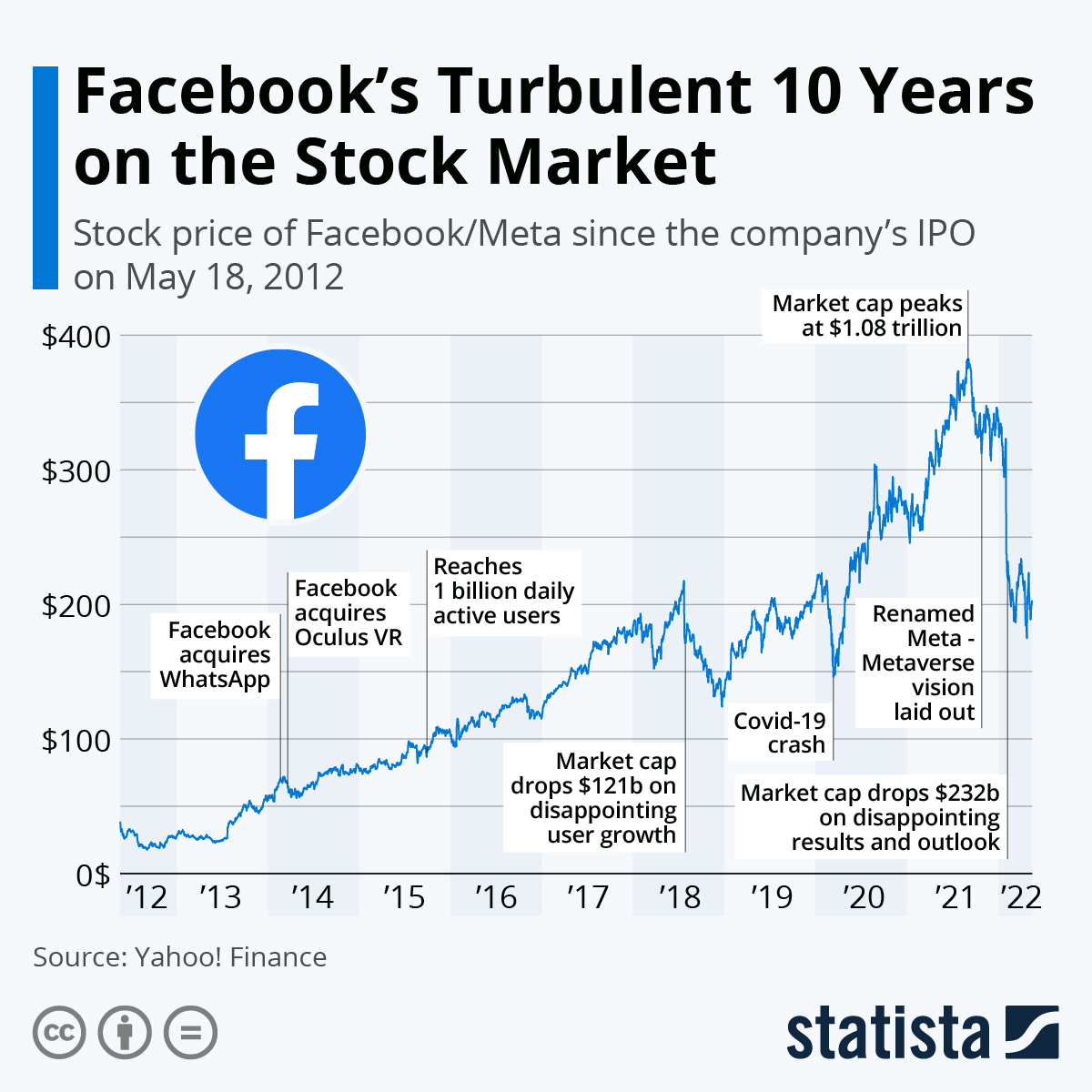
The bear market is in the S&P 500 Stock Index. A bear market is a 20% drop in price from its peak. Wall Street uses this term to indicate a market decline and allows investors to compare past downdrafts to the current market. We'll be discussing how to invest during a bear market. If you haven't yet made the switch to the stock market, here are some tips.
Dividend stocks
Dividend stock investors are safe havens during a downturn. Dividend paying companies continue to do well despite a deteriorating economy. You might consider purchasing Dollar General stock even in a bear market, despite the current economic situation. The fast-food icon could prove to be a stealth winner among safe dividend stocks. Here are some of the reasons. We'll take each one in turn.

Utilities
Utilities might be the best investment option if your goal is to save money for retirement. Despite the fact that we live in an era with high unemployment, shrinking paychecks and huge income opportunities, utilities are still a viable option. These utilities are still vital in our lives. They provide electricity, water and gas. Their steady cash flows and low risk make them ideal retirement investments. The financial crisis of 2008 left the world in economic turmoil, but utility stocks protected many investors' wealth. Utility stocks can be paired with other conservative or defensive stocks because they are low-risk and have stable cash flows.
Bonds
Many investors believe the recent fears about a bond bear markets are exaggerated. However, the fact is that there will be no sustained crash in the market anytime soon. The recent rises in interest rates are a contributing factor in the current decline in bond price. Investors should be aware that rate increases in the past are not a guarantee of future increases. The past performance of stocks shouldn't be used as a predictor of future performance.
Investing in bear markets
Although investing in bear markets can be difficult, they can also offer great opportunities for long-term investors. Bear markets are known for their excessive market reaction, often fueled greedily or fear. These emotions can lead you to make irrational choices. Because of this, it can be hard to find good opportunities because you lose your confidence. Luckily, there are several strategies that can help you invest effectively during this time.

Buying during a bull market
The bull market in the stock markets is usually characterized as a bull market. However, this term also applies to all financial securities that are widely traded. A bull market, in other words is one where prices and market value are expected increase. Bull markets are usually associated with high employment and an expanding economy. The stock market does not always move in the same way. Sometimes it is better to wait than invest, especially if your goal is to become an investor.
FAQ
What is a bond?
A bond agreement is an agreement between two or more parties in which money is exchanged for goods and/or services. Also known as a contract, it is also called a bond agreement.
A bond is usually written on a piece of paper and signed by both sides. This document contains information such as date, amount owed and interest rate.
When there are risks involved, like a company going bankrupt or a person breaking a promise, the bond is used.
Sometimes bonds can be used with other types loans like mortgages. This means that the borrower has to pay the loan back plus any interest.
Bonds are used to raise capital for large-scale projects like hospitals, bridges, roads, etc.
It becomes due once a bond matures. This means that the bond owner gets the principal amount plus any interest.
If a bond isn't paid back, the lender will lose its money.
What is the difference between the securities market and the stock market?
The whole set of companies that trade shares on an exchange is called the securities market. This includes stocks and bonds, options and futures contracts as well as other financial instruments. There are two types of stock markets: primary and secondary. Large exchanges like the NYSE (New York Stock Exchange), or NASDAQ (National Association of Securities Dealers Automated Quotations), are primary stock markets. Secondary stock markets are smaller exchanges where investors trade privately. These include OTC Bulletin Board Over-the-Counter, Pink Sheets, Nasdaq SmalCap Market.
Stock markets are important as they allow people to trade shares of businesses and buy or sell them. The price at which shares are traded determines their value. New shares are issued to the public when a company goes public. These shares are issued to investors who receive dividends. Dividends are payments that a corporation makes to shareholders.
Stock markets not only provide a marketplace for buyers and sellers but also act as a tool to promote corporate governance. Boards of Directors are elected by shareholders and oversee management. The boards ensure that managers are following ethical business practices. In the event that a board fails to carry out this function, government may intervene and replace the board.
What is a Mutual Fund?
Mutual funds can be described as pools of money that invest in securities. Mutual funds provide diversification, so all types of investments can be represented in the pool. This helps reduce risk.
Professional managers oversee the investment decisions of mutual funds. Some funds permit investors to manage the portfolios they own.
Because they are less complicated and more risky, mutual funds are preferred to individual stocks.
What role does the Securities and Exchange Commission play?
The SEC regulates securities exchanges, broker-dealers, investment companies, and other entities involved in the distribution of securities. It enforces federal securities laws.
What is the trading of securities?
The stock exchange is a place where investors can buy shares of companies in return for money. To raise capital, companies issue shares and then sell them to investors. These shares are then sold to investors to make a profit on the company's assets.
Supply and demand determine the price stocks trade on open markets. When there are fewer buyers than sellers, the price goes up; when there are more buyers than sellers, the prices go down.
There are two ways to trade stocks.
-
Directly from the company
-
Through a broker
How does inflation affect the stock market?
Inflation is a factor that affects the stock market. Investors need to pay less annually for goods and services. As prices rise, stocks fall. It is important that you always purchase shares when they are at their lowest price.
Statistics
- The S&P 500 has grown about 10.5% per year since its establishment in the 1920s. (investopedia.com)
- Ratchet down that 10% if you don't yet have a healthy emergency fund and 10% to 15% of your income funneled into a retirement savings account. (nerdwallet.com)
- US resident who opens a new IBKR Pro individual or joint account receives a 0.25% rate reduction on margin loans. (nerdwallet.com)
- Our focus on Main Street investors reflects the fact that American households own $38 trillion worth of equities, more than 59 percent of the U.S. equity market either directly or indirectly through mutual funds, retirement accounts, and other investments. (sec.gov)
External Links
How To
How to Trade in Stock Market
Stock trading involves the purchase and sale of stocks, bonds, commodities or currencies as well as derivatives. Trading is French for traiteur. This means that one buys and sellers. Traders purchase and sell securities in order make money from the difference between what is paid and what they get. It is one of oldest forms of financial investing.
There are many different ways to invest on the stock market. There are three main types of investing: active, passive, and hybrid. Passive investors do nothing except watch their investments grow while actively traded investors try to pick winning companies and profit from them. Hybrid investors take a mix of both these approaches.
Passive investing is done through index funds that track broad indices like the S&P 500 or Dow Jones Industrial Average, etc. This method is popular as it offers diversification and minimizes risk. You just sit back and let your investments work for you.
Active investing involves selecting companies and studying their performance. Active investors will look at things such as earnings growth, return on equity, debt ratios, P/E ratio, cash flow, book value, dividend payout, management team, share price history, etc. They then decide whether or not to take the chance and purchase shares in the company. If they believe that the company has a low value, they will invest in shares to increase the price. On the other side, if the company is valued too high, they will wait until it drops before buying shares.
Hybrid investing combines some aspects of both passive and active investing. Hybrid investing is a combination of active and passive investing. You may choose to track multiple stocks in a fund, but you want to also select several companies. In this case, you would put part of your portfolio into a passively managed fund and another part into a collection of actively managed funds.